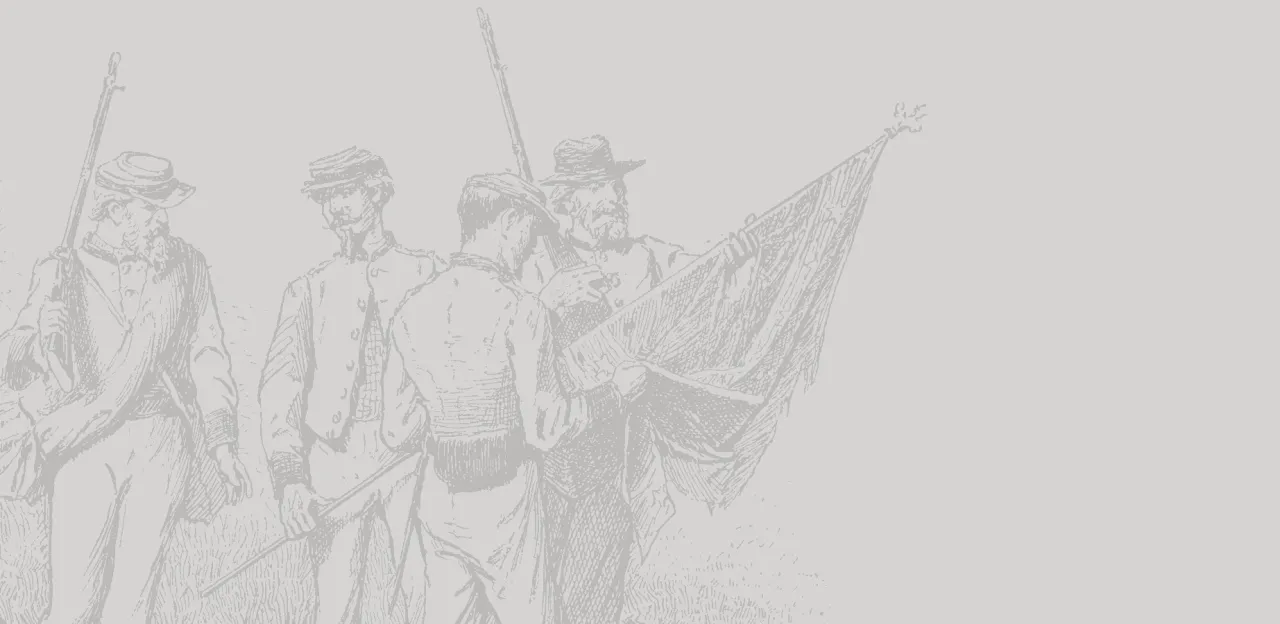H.H. Lloyd's History of the Battle

In his historical account of the battles of the Civil War, H.H. Lloyd describes for his readers "the maimed bodies, the multitude of graves, [and] the historic fields" of the war. Hoping to narrate the life of the soldier "step by step," Lloyd here tells of the struggle that Confederates and Federals both endured at Rappahannock Station.
Rappahannock Station and Kelley's Ford Va. November 7, 1863
Unionists under Generals Sedgwick and French. Losses, about 400. Disunionists, under Generals Ewell and Hill. Killed and wounded, unknown; prisoners, 1,950.
On the morning of November 7th the Army of the Potomac abandoning its encampment at Cedar Run moved toward the Rappahannock. The first, second, and third corps, forming the left wing of the army, under General French, advanced to Kelley's Ford; while the fifth and sixth corps, forming the right wing, under General Sedgwick, proceeded to Rappahannock Station.
The rebel army were encamped chiefly on the south side of the Rappahannock; but occupied strong defenses on both sides of the river at the above mentioned points.
As French's troops neared Kelley's Ford, strong lines of skirmishers and sharp-shooters were thrown out; while several batteries, with infantry supports, gained a wooded height commanding the river, and having a sweeping range of the elevated fields on the south. In the meantime a division of the enemy crossed over, for the support of its pickets, and commenced shelling the advancing Union force. The batteries of the latter, however, were soon in position and rained such a shower of missiles on the foe as scattered death and confusion through his ranks compelling many to surrender and forcing others to retreat in utter rout.
Under cover of this overwhelming fire, working parties advanced to the river and succeeded in laying pontoons. The enemy's guns were silenced and an attacking party headed by a brigade under Colonel De Trobriand—a native of France who, on this occasion displayed the chivalrous daring of his race—moved to the opposite shore. The front of the column, formed by the First United States Sharp shooters, having crossed over, immediately deployed and charged on the enemy's rifle pits. After brief musketry firing, the partially sheltered foemen, finding themselves surrounded, threw down their arms and surrendered.
In this gallant action, over 400 rebels were taken prisoners, besides numbers killed and wounded. General French's loss was about seventy.
While this affair was transpiring at Kelley's Ford a more deadly scene was being enacted at Rappahannock Station. The rebel defenses at that point consisted, on the north side of the river, of a strong fort two redoubts and a number of rifle pits—altogether, held by nearly 2,000 men. It was about three o’clock when the head of General Sedgwick's column neared the station. The advance upon the enemy was conducted in a manner similar to French's. Skirmishers and sharp shooters were thrown out to cover the forward movement of batteries, and a commanding position was gained in the rear of the hostile works. Heavy artillery was planted here, and opened fire on the fort.
Just before dark, a storming party consisting of three regiments was formed under the lead of General Russell. Other troops were moved forward to cover their advance, and to intercept the anticipated retreat of the enemy. Union and rebel batteries now opened on each other desperately. Shot and shell flew like hail across the river, sweeping through the forts on both sides. The Union troops rushed to the onset. A strong detachment took possession of the enemy's pontoon, thus cutting off not only his retreat but also his chance of succor. The storming party dashed into the rifle pits and forts on every side, and one of the fiercest hand-to-hand conflicts of the war begun. Discharging but a single volley, the assailants closed with their antagonists, actually grasping the bayonets pointed at their breasts. As friend and foe were mingled promiscuously, the batteries on both sides ceased, and ringing cheers and shouts and death-groans rose above the sound of musketry. Men grappled one another in their death-struggles, some fighting with clubbed muskets, others with their fists.
This fierce and savage struggle continued about twenty minutes. But Union supports were pouring in on every side; and the enemy, finding longer resistance useless, surrendered. One wild cheer, one wild huzza, rent the air, and in a few minutes the Stars and Stripes floated triumphantly above the trampled banners of the Confederacy. The victory was decisive. Four pieces of artillery, 2,000 small arms, eight battle-flags, one bridge train, and nearly 1,900 prisoners were among its fruits The Union loss was but little more than 300.
The news of these glorious achievements was received with joyful enthusiasm throughout the North. It was hailed as the harbinger of future success and of the early destruction of the Virginia foemen, under the guidance of the trusted hero of Gettysburg.
Read more from H.H. Lloyd's history here.
Related Battles
419
1,674





